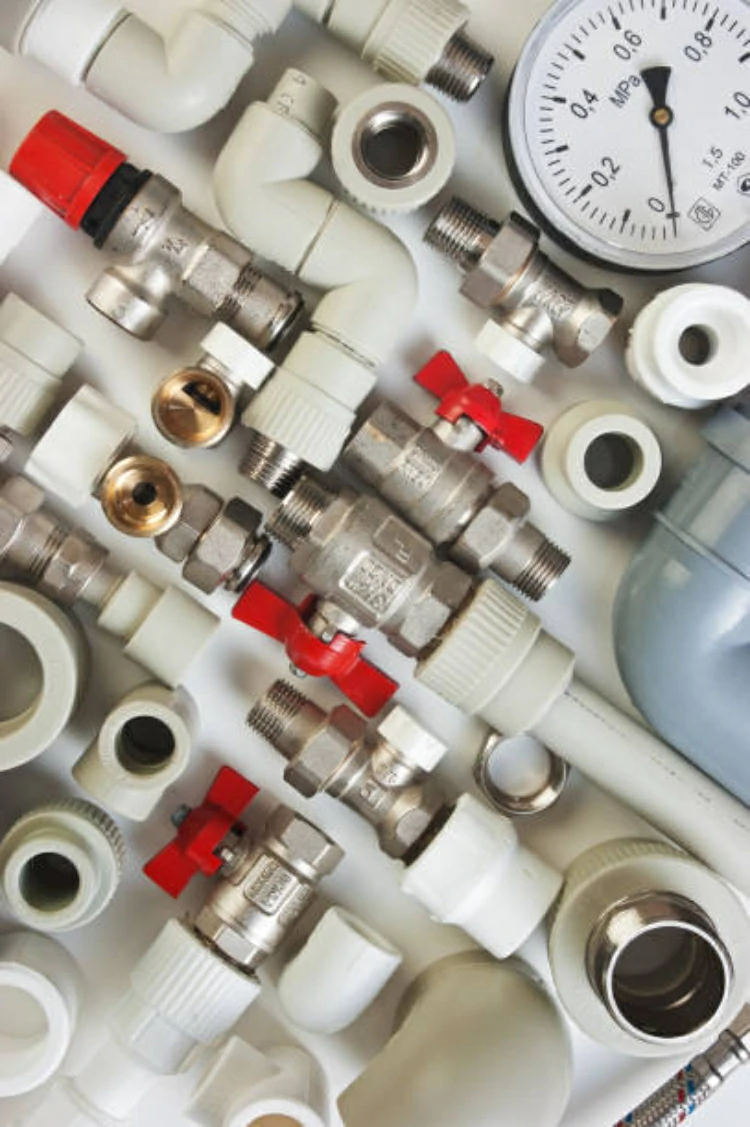Introduction
Brass ball valves are vital in plumbing and industrial systems, ensuring precise control over liquid and gas flow. They comprise a spherical closure unit with a perforated ball regulating flow through a passageway. Understanding their working principle is crucial for effective use across industries.
Construction and Components
Brass ball valves are typically constructed with a durable brass body, handle, and ball. The ball features a hole or bore through its center, which aligns with the pipeline to allow fluid or gas to pass when the valve is in the open position. A stem attached to the ball connects to the handle, enabling users to rotate the ball to control the flow. Seals, such as O-rings or PTFE seats, ensure leak-proof operation by forming a tight seal between the ball and the valve body.
Functionality and Operation
Opening and Closing Mechanism
The working principle of brass ball valves revolves around the rotational movement of the ball to regulate flow. When the handle is turned perpendicular to the pipeline, the ball rotates within the valve body, positioning the bore perpendicular to the flow direction and blocking the passage of fluid or gas. This is known as the closed position. Conversely, turning the handle parallel to the pipeline aligns the bore with the flow direction, allowing fluid or gas to pass through freely, known as the open position.
Flow Control and Regulation
Brass ball valves offer precise flow control, enabling users to adjust the flow rate by partially opening or closing the valve. When the handle is turned to an intermediate position between fully open and fully closed, the ball restricts the flow to a desired rate while maintaining a secure seal, preventing leaks. This feature is especially beneficial for applications requiring accurate flow modulation or throttling.
Bi-Directional Flow Capability
Brass ball valves excel in managing bi-directional flow, enabling control over fluids or gases in both directions. This versatility suits various applications with potential flow reversals.
Conclusion
Brass ball valves operate on a simple yet effective principle, making them indispensable components in plumbing, industrial, and commercial systems. Their robust construction, reliable performance, and ease of operation make them ideal for controlling the flow of liquids and gases in various applications. Understanding the working principle of brass ball valves enables users to maximize their efficiency and effectiveness in fluid handling systems.
Contact
IFAN is a professional manufacturer with 30 years of experience, dedicated to producing high-quality plastic pipes, fittings, and valves. Our products include brass valves, PPR valves, as well as various pipes and fittings to meet different customer needs. Whether you need plumbing and drainage pipes or valve products, IFAN can provide a diverse range of high-quality, cost-effective products to support your projects. Below is our contact information.
We will reply your email or fax within 24 hours.
You can call us at any time if there is any question on our production.
For more information,pls visit our webside https://www.ifanplus.com/
Pls Mailto: [email protected]






